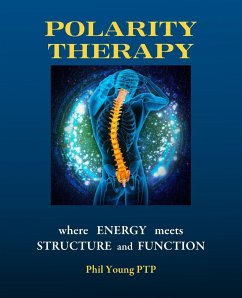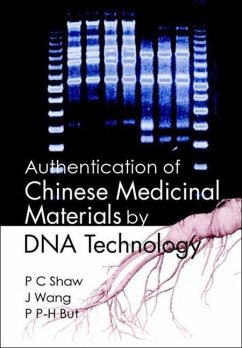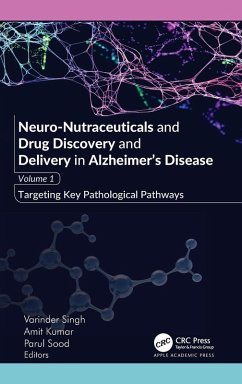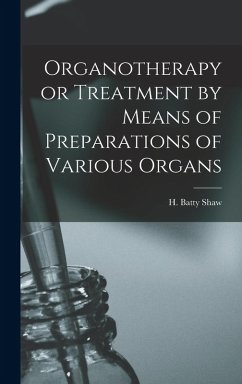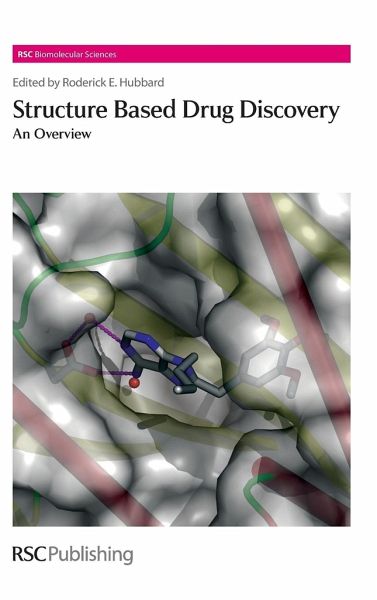
Structure-Based Drug Discovery
An Overview
Herausgeber: Hubbard, Roderick E
Versandkostenfrei!
Versandfertig in über 4 Wochen
166,99 €
inkl. MwSt.

PAYBACK Punkte
83 °P sammeln!
Structure-Based Drug Discovery is a collection of methods which exploit the ability to determine and analyse the three-dimensional structure of biological molecules. These methods have been adopted and enhanced to improve the speed and quality of drug discovery. After an introductory overview of the principles and applications of structure-based methods in drug discovery, the essential features of the various methods are explored. Chapters on X-ray crystallography, NMR spectroscopy, computational chemistry and molecular modelling describe how these particular techniques have been enhanced to support rational drug discovery, with discussions on developments such as high-throughput structure determination, probing protein-ligand interactions by NMR spectroscopy, virtual screening, and fragment-based drug discovery. The concluding chapters complement the overview of methods by presenting case histories which demonstrate the major impact that structure-based methods have had on the drug discovery process. Written by international experts from industry and academia, this comprehensive introduction to the methods and practice of structure-based drug discovery not only illustrates leading-edge science but also provides useful scientific background for the non-expert reader. The book presents a balanced appraisal of what structure-based methods can and cannot contribute to drug discovery. It will appeal to industrial and academic researchers in pharmaceutical sciences, medicinal chemistry and chemical biology, as well as providing an insight into the field for recent graduates in the biomolecular sciences. TOC:3D Structure and the Drug Discovery Process.- Structure Determination: Crystallography for Structure-based Drug Design.- Molecular Modelling.- Applications of NMR in Structure-based Drug Design.- Fragment Screening: An Introduction.- Iterative Structure-based Screening of Virtual Chemical Libraries and Factor Xa: Finding the Orally-Available Antithrombotic Candidate LY517717.- Anti-Influenza Drugs from Sialidase Inhibitors.- Isoform Specificity: The Design of Estrogen Receptor-Selective Compounds.





